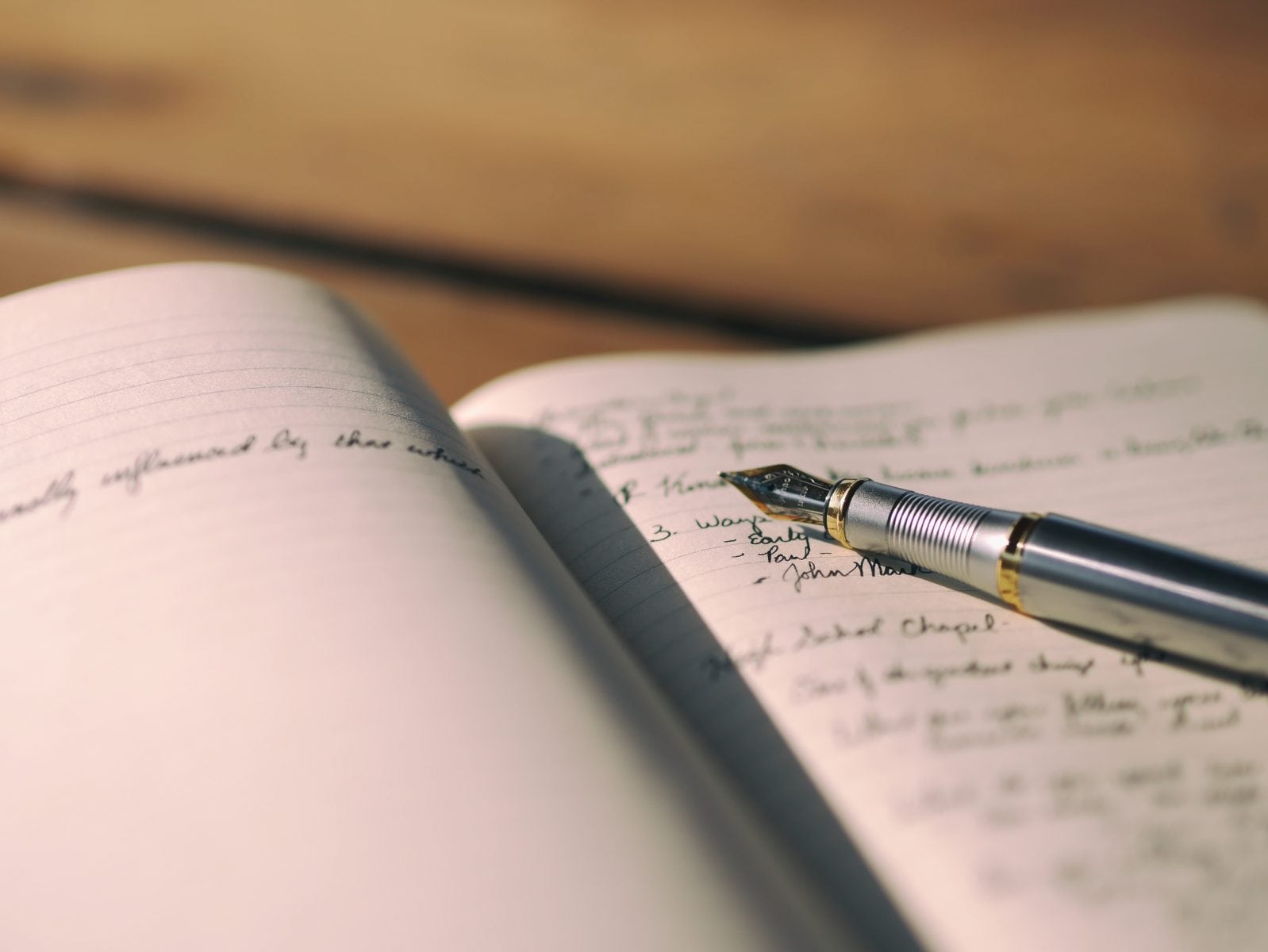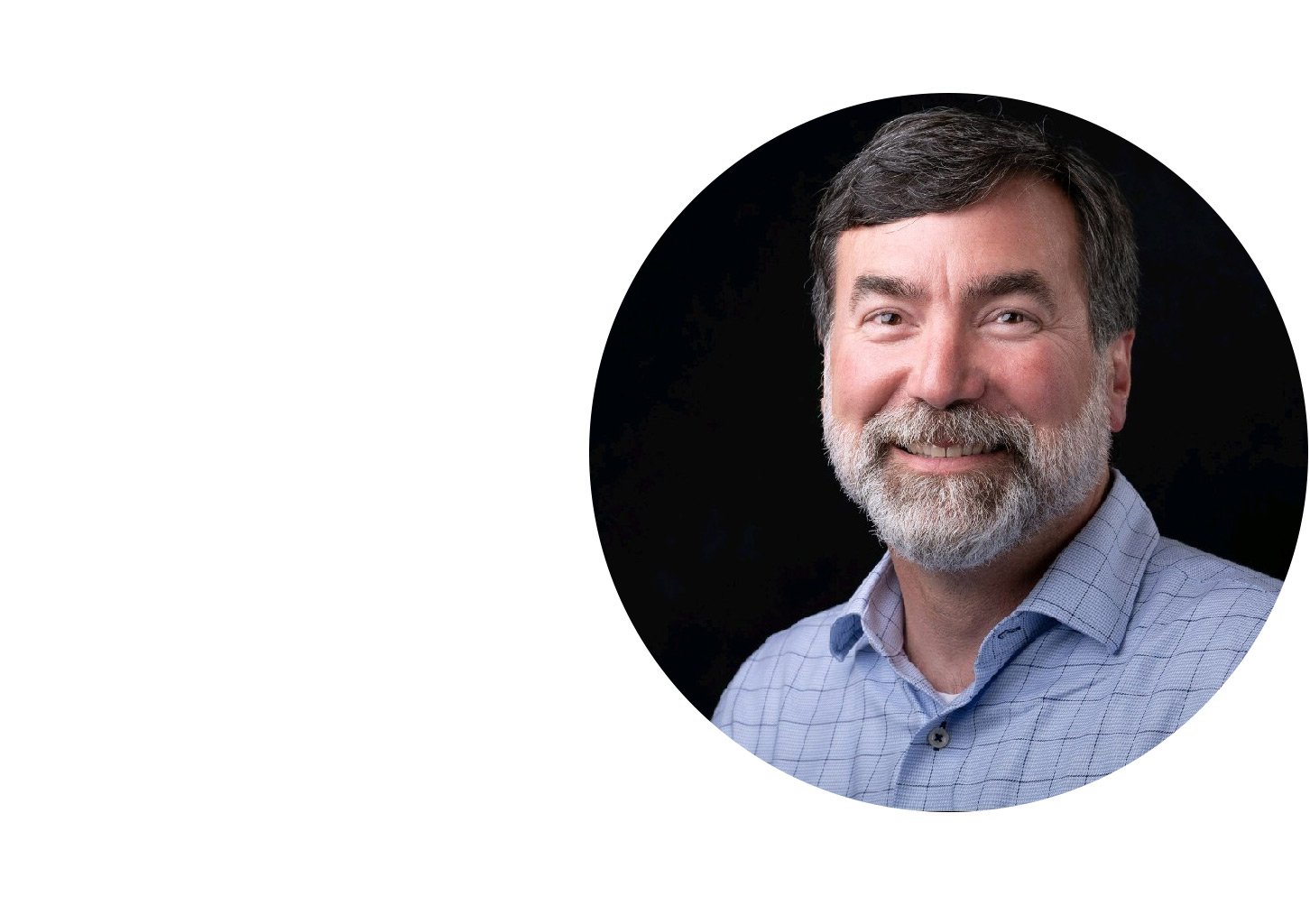
When it comes to actualizing The Pacific Institute’s education and concepts, the journal is a favorite tool. Journaling is an application practice – it’s what takes place after the seminar is over.
Keeping A Journal
A journal begins as an “empty book,” but writing in a journal can truly make life come alive.
Think of the journal as the home base of your imagination, where goals, affirmations, and your regular stream of ideas find a sure landing. Those empty pages fill up with your words, pictures, and emotions. It’s a place where focused daydreaming can happen, every day, captured and recorded. Short moments some days and long minutes other days, these are your personal notes of reflection, insight, and creativity.
Over time, journaling becomes a real-time record of your past – a record of your memories: early reflections, beginning goals and affirmations, and emotional history.
Sculpt Your Future
The journal is also a powerful and effective tool to create the future.
For example, there is a growing collection of research from psychologists and neuroscientists that says hand-written, hand-drawn journals create unique, neural pathways in the brain, i.e. different than, say, typing on a computer. It’s a way to mobilize brain plasticity, still present in us as adults. Having a brain that’s growing and changeable is not just the domain of infants.
Journaling is more than an interesting hobby. It is a practice that fosters intimate, personal learning. It is a natural springboard into a lifetime of growing and becoming. It can be used to define and redefine balance in your life, expand your financial comfort zone, get through tough times, become comfortable as a public speaker. You can use journaling to stay fit, keep on purpose, sharpen your skills as a leader and a manager, provide an outlet for your inner artist and more.
Affirmations in Practice
When Lou Tice, co-founder of The Pacific Institute taught his seminars, he taught the affirmation process after laying down a solid foundation: the basics of self-image psychology. He taught us the science underlying the reason why affirmations work. It’s very logical and persuasive.
Really understanding affirmations — and building them into your life — is a journey. The journal goes along on the trip. We learn initially that an affirmation is “a statement of fact or belief,” later, affirmations are described as a “trigger tool,” not an end in itself, but a means to the desired end.
The affirmation is indeed evidence of the underlying belief. But if we’re intending to grow, to go in a new belief-direction, we do need to imagine it first. When the affirmation is a trigger tool, think about what the affirmation is triggering. The affirmation is triggering I x V = R (Imagination x Vividness = the new Reality).
Every day that we affirm the new picture, and the feelings that come with it, the old image and feelings morph a little. We’re triggering new creativity each day, or each time we affirm. We’re in process — building our self-image, or remodeling it, as the case may be. This is brain plasticity, in action. The journal is our companion.
What if we started with the emotion? Joy. Confidence. Gratitude. Pick the emotion and work from there. In your journals try using a variety of sentences, photographs, drawings, questions, keywords, pictures cut out of magazines, and found objects. Experiment with the idea that anything that triggers I x V = R qualifies as an affirmation.
A Better Life
There are three things that are important to remember in conjunction with The Pacific Institute’s curriculum: (1) the importance of writing things down; (2) the necessity to find regular “quiet time”; and (3) the fact that “daydreaming” is a good thing.
We acknowledge that life and time availability are different. At the minimum, you want to find at least 15 minutes a day of quiet, reflection, and affirmation. More is better, of course.
Those moments of writing, reflecting, and focused affirmations return many times throughout the day, during the natural, frequent daydreaming that fills our lives between activities.
Take your journal everywhere with you, and watch for moments when it’s quiet and you can be relaxed. Your imagination will love you for it.
You’re now ready for nothing less than a better life.
About the Author:
Ron Medved is a Seattle based 40 – year veteran of The Pacific Institute, working with clients around the world on strategies to mobilize the power of their people. He is a former NFL football player and financial advisor. Ron is also co-author with Gregg Cochlan of ‘World Peace, Really!’ a book about applying cognitive psychology to the cause of peaceful coexistence.
Featured posts
May 16, 2023
May 16, 2023
May 16, 2023





